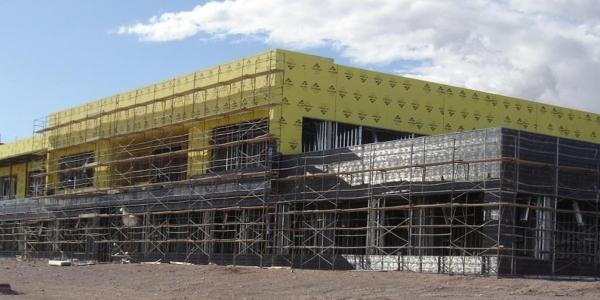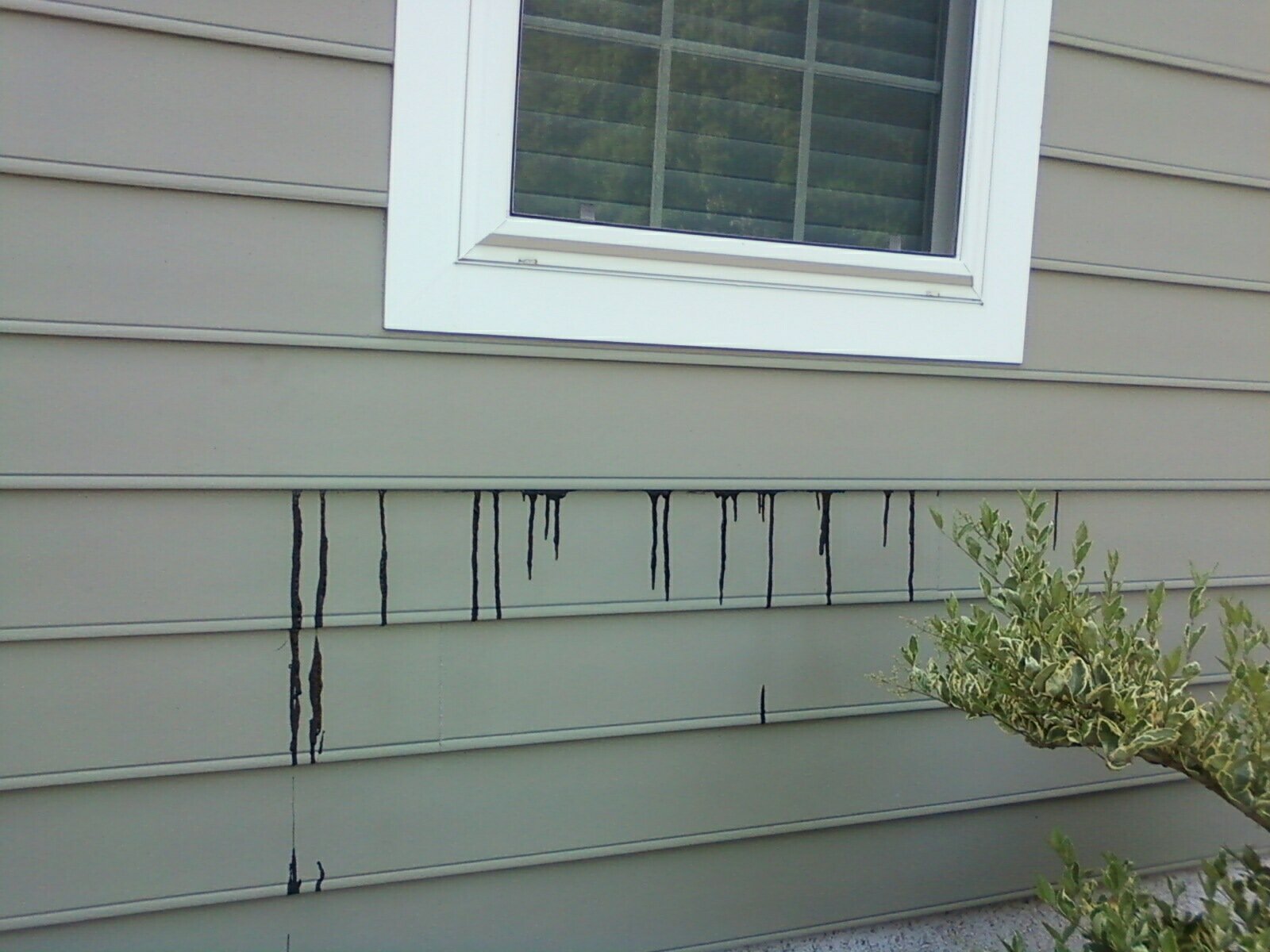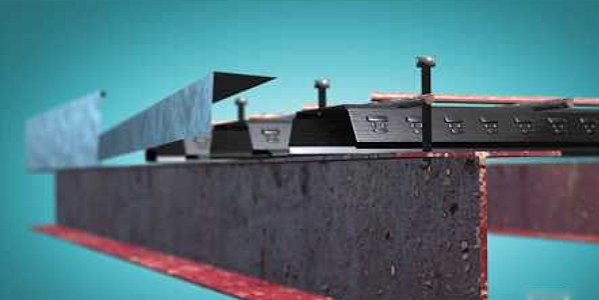UP TO THE MINUTE
8 tips for SBS-modified membrane installation success

By MFM Building Products.
Avoid these common missteps to prevent costly and damaging installation mistakes with SBS-modified waterproofing membranes.
Working with MFM Building Products' SBS-modified self-adhering waterproofing membranes requires more than just a steady hand — it demands careful adherence to best practices to ensure safety, performance and durability. From avoiding slippery conditions on wet surfaces to steering clear of incompatible materials, the stakes are high when using these specialized products. Missteps can lead to expensive fixes, reputation risks and even structural failures. Before rolling out that membrane, read on to discover the key errors to avoid and set yourself up for a successful, trouble-free installation.
General rules to avoid:

1 – Roof work is dangerous: Always follow strict safety protocols when working or walking a self-adhered underlayment – film surface underlayments pose the most risk for slippage when wet or covered with dew.
2 – DO NOT install over PVC, TPO or EPDM roofing materials: These roofing materials contain plasticizers which, when in contact with the asphalt adhesive, will dissolve the mastic and cause it to liquefy – not only does it degrade the waterproofing properties of the mastic, but it has the potential to leak out onto the structure.
3 – DO NOT install over silicone caulking or uncured solvents or sealants: Again, the plasticizers will liquefy the mastic leading to a mess
4 – DO NOT install on plank or tongue-and-groove boards that are not cured: Uncured wood contains tree resins which have the potential to also liquefy the mastic causing run-out.
5 – SBS membranes are vapor barriers: Always ensure proper ventilation to avoid moisture build-up within attics, wall cavities, etc., leading to hazardous mold growth.
6 – MFM products list UV Ratings: When a product is left exposed to the elements for longer than the UV rating, the membrane will lose its waterproofing properties – ensure that the product is covered well within the published time.
7 – Minimum installation temperature: All of our products list a minimum installation temperature – this means the surface, air and membrane temperature – installing below this minimum can lead to adhesion problems – there are special steps that can be used as outlined on our website for cold weather installations.
8 – DO NOT pull or twist the membrane: During installation, it is important not to pull, stretch or twist the membrane into place – this has the potential for the membrane to form “mole runs” or sections where the membrane is not secured to the substrate – mole runs can lead to water leaks.
By following these simple guidelines, you should avoid any disastrous situations when working and installing self-adhered SBS-modified waterproofing membranes.
Original article and photo source: MFM Building Products
Learn more about MFM Building Products Corp. in their Coffee Shop Directory or visit www.mfmbp.com.



















Comments
Leave a Reply
Have an account? Login to leave a comment!
Sign In